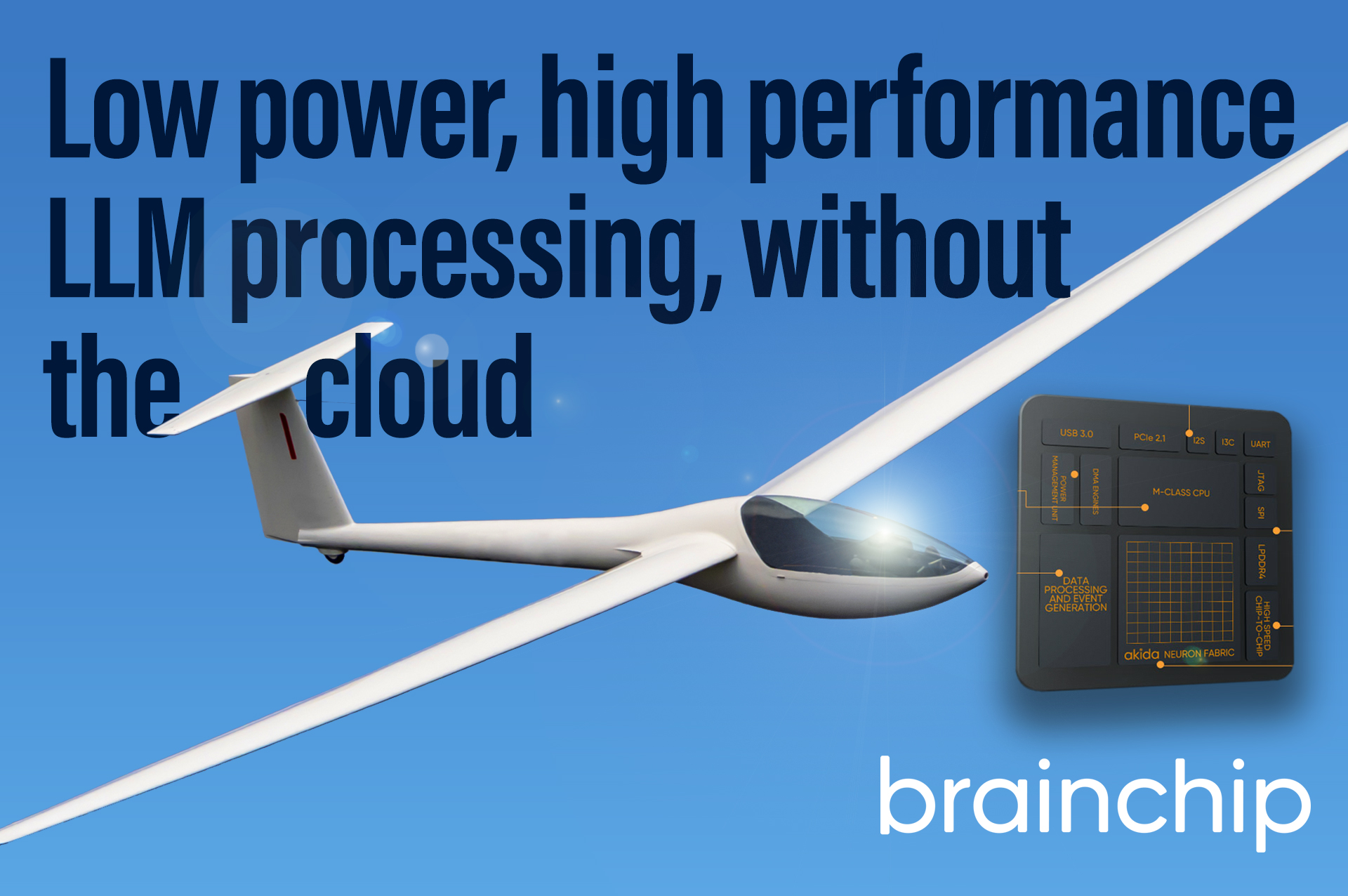Revolutionising Edge AI: BrainChip’s Akida Pico Brings Large Language Models to the Edge
As the demand for more efficient, low-latency AI solutions grows, the industry has shifted its attention to edge computing. One standout in this realm is BrainChip’s Akida Pico, a groundbreaking neural processor that’s redefining edge AI. At Embedded World in Austin, Todd from BrainChip shared how Akida Pico enables large language models (LLMs) to run on the edge, eliminating the need for cloud dependence while delivering high-performance results in constrained environments.
The Shift from Cloud to Edge
Traditionally, large language models have operated in the cloud due to the vast computing and memory resources required to handle complex learning tasks. These models, like ChatGPT or LLaMA 2, rely on heavy data centers to process information, which can lead to latency issues and increased operational costs. However, BrainChip is disrupting this model by introducing a chip designed for edge computing that handles tasks with unprecedented efficiency.
Akida Pico is a temporal event-based neural processor, and according to Todd, “the smallest neural network” capable of performing advanced computations on the edge. This innovation opens up opportunities for various applications, from smart home devices to industrial IoT, to operate autonomously without constant cloud interaction.
Why Edge AI Matters
BrainChip’s edge-centric approach addresses the constraints of traditional models, such as memory and computational power limitations. Instead of downsizing a large model to fit edge devices, Akida Pico is designed with these limitations in mind from the ground up. This results in a chip that efficiently runs smaller, use-case-specific LLMs without the need for the cloud.
For instance, BrainChip’s demo featured an LLM specifically tailored for appliances like refrigerators and dishwashers. By consuming all available documentation—such as user manuals, installation guides, and reference materials—this LLM can autonomously provide accurate assistance for device operation. This not only reduces cloud dependency but also cuts down on training and operational costs, making it an economical solution for edge devices.
The Future of AI on the Edge
The ability to run LLMs on the edge holds immense potential. Whether it’s in automotive systems, home appliances, or industrial equipment, BrainChip’s Akida Pico provides the intelligence needed to process data and respond in real-time without relying on cloud-based services. This has implications not just for improving device efficiency but also for lowering costs and enhancing data privacy.
As AI continues to evolve, BrainChip’s Akida Pico stands out as a pivotal development in the transition from cloud-reliant systems to powerful, independent edge AI solutions. This shift will undoubtedly reshape industries, making devices smarter, faster, and more efficient—without the need to pay for cloud services.
Comments are closed.

Comments
No comments yet